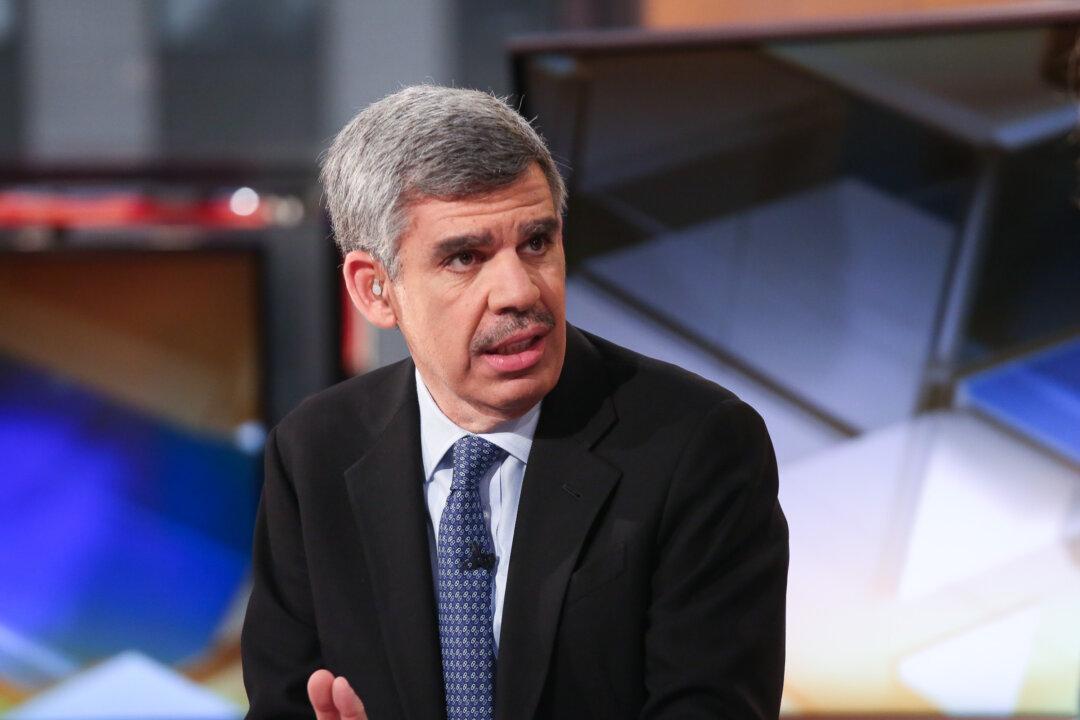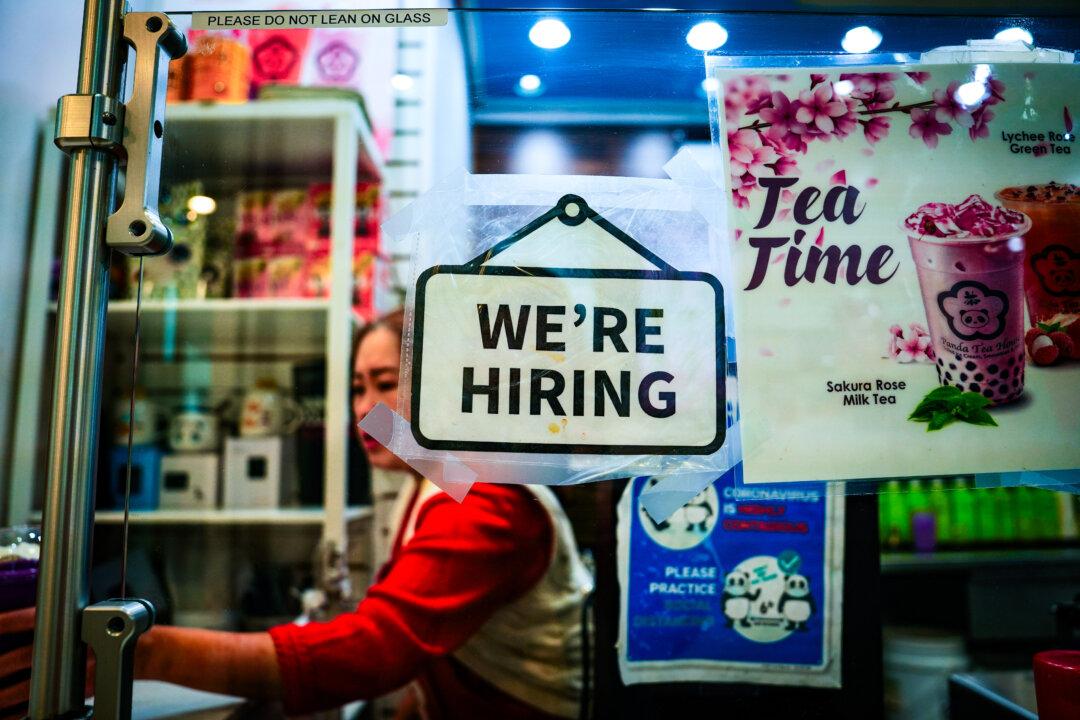The Personal Consumption Expenditures (PCE) Price Index–the Federal Reserve’s preferred inflation gauge–came in higher than market estimates, which could be “worrisome news” for the U.S. economy, says economist Mohamed El-Erian.
The annual PCE Price Index rose to 5.4 percent in January, up from an upwardly revised 5.3 percent in December, according to the Bureau of Economic Analysis (BEA). This was higher than economists’ expectations of 4.8 percent. On a month-over-month basis, PCE prices rose 0.6 percent, double the consensus of 0.3 percent.





